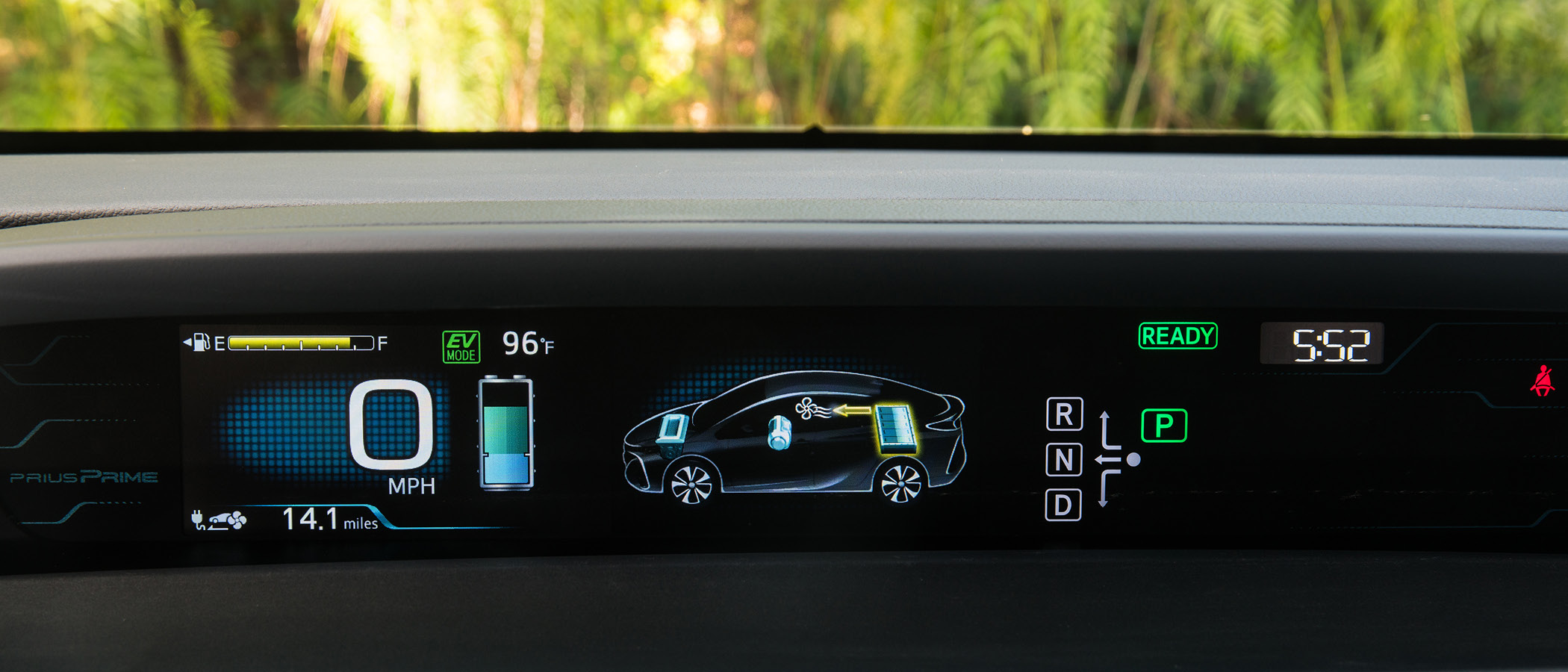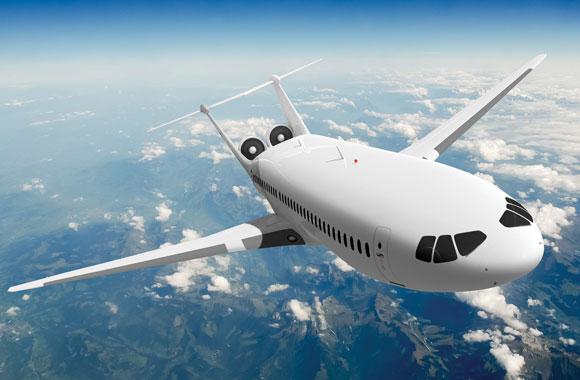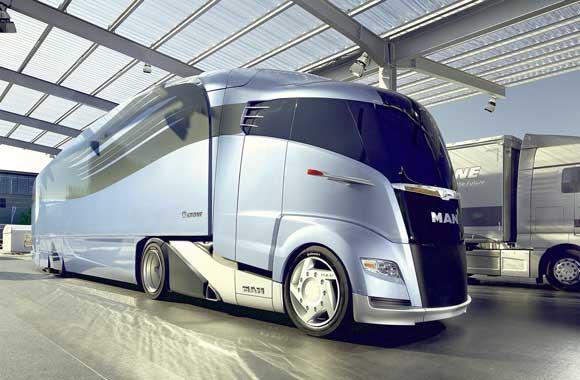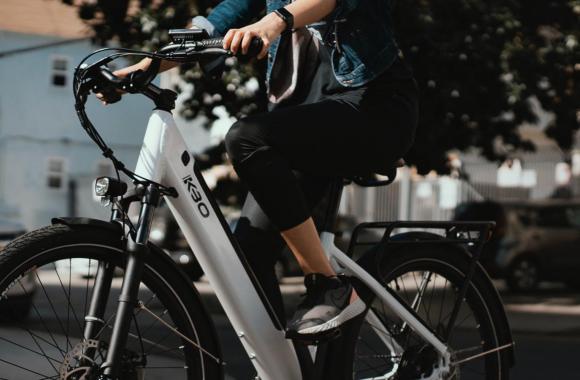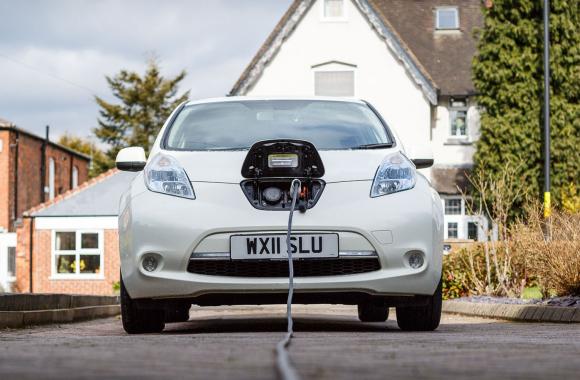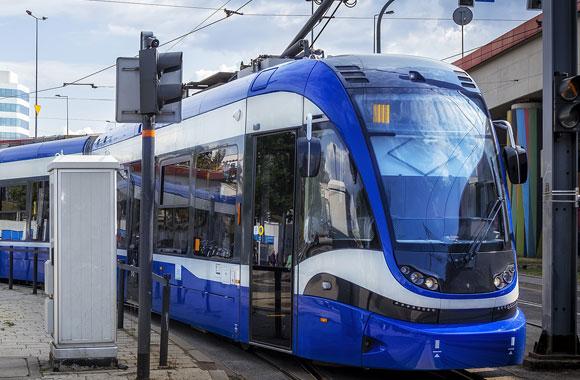Hybrid Cars
A transitional technology, hybrid cars are non-plugin internal combustion engine fuel cars that run on or are supported by electric motors for at least part of the journey. The combination improves fuel economy—more miles on a gallon—and lowers emissions.
Reduced/Sequestered
2020–2050
To Implement
Operational Savings
Impact
Under some business-as-usual projections, almost 24 million hybrid vehicles will be in operation in 2050, less than 1 percent of the car market. We estimate growth in 2050 could reach 321–631 million hybrid vehicles. Hybrid cars can reduce carbon dioxide equivalent emissions by 1.61–4.71 gigatons by 2050, saving owners US$1.55–4.49 trillion in fuel and operating costs over the lifetime of the cars. Implementation would also save US$4.55–3.40 billion in net first costs.
Introduction
Hybrid electric vehicles supplement an internal combustion engine with at least one electric motor and a battery large enough to power the vehicle by generated electricity. They are distinct from electric vehicles, which are powered, in part or in whole, by grid electricity. Hybrid electric vehicles are more fuel efficient than internal-combustion engine (ICE) cars because they use stop-start technology, which reduces idle time, and regenerative braking, which recovers the energy that would otherwise be dissipated when brakes are applied.
Hybrid cars merge strengths. Gasoline- or diesel-powered engines excel at sustaining high speeds but have a harder time overcoming inertia to get moving. Electric motors are uniquely efficient at low speeds and going from stop to start. They also can:
- keep a car’s air-conditioning and accessories running while idling at a traffic light
- capture the kinetic energy typically released as heat during braking and convert it back into electricity
- boost the engine’s performance, allowing it to be smaller and more efficient.
Hybridization paves the way for full-electric vehicles—only motors and no engines at all—which can run solely on clean energy.
Project Drawdown defines the Hybrid Cars solution as the increased use of non-plugin ICE cars that run on or are moved by electric motors for at least part of the journey. This solution replaces the use of ICE cars.
Methodology
Total Addressable Market
The total addressable market for this technology is total urban and nonurban global passenger-kilometers, projected to 2050. We used data from the International Energy Agency (IEA) and International Council on Clean Transportation (ICCT) to determine the urban segment common to all urban transportation solutions. We based global adoption in 2018 on estimates of the historical and projected fractions of light-duty vehicles that are hybrid and on average estimates of total light-duty vehicle passenger-kilometers (Institute for Transportation & Development Policy & UC Davis, 2014).
Adoption Scenarios
We calculated impacts of increased adoption of cars from 2020 to 2050 by comparing two growth scenarios with a reference scenario in which the market share was fixed at current levels.
- Scenario 1: 369 million hybrids are on the road, based on the average of collected conservative projections from several sources; 50 percent of hybrid passenger-kilometers are urban. Hybrids provide 3.03 trillion passenger-kilometers, 8 percent of the total addressable market.
- Scenario 2: 631 million hybrids on the road in 2050, based on a transition to electric vehicles in which hybrid adoption grows according to the IEA 2DS scenario until the late 2040s, when adoption declines; 50 percent of hybrid passenger-kilometers are urban until 2030, when adoption declines. Hybrids provide 7.61 trillion passenger-kilometers, 30 percent of the total addressable market.
Emissions Model
We based fuel emissions on the global average fuel economy and included indirect emissions from manufacturing of the vehicles were included (hybrids were found to yield slightly more indirect emissions per vehicle than ICE vehicles).
Financial Model
We estimated purchase costs for hybrids and ICE cars using price data available in the US, EU, and Japan, as well as global weighted averages. We assumed no learning rate for ICE or hybrid vehicles.
Operating costs included fixed costs, such as insurance, as well as variable maintenance and fuel costs. We based fuel costs on an average global fuel economy using 23 data points, and on the average fuel price for 2007–2018.
Integration
Project Drawdown prioritizes its urban solutions by energy efficiency and space efficiency, so solutions that support nonmotorized modes, such as Bicycle Infrastructure, were the highest priority. The Hybrid Cars solution wound up last in integration priority due to the high energy, emissions, and space requirements and the fact that hybrid cars are the least efficient of all considered options under typical usage assumptions.
We maintained consistency with other solutions (such as Electric Cars) by using harmonized inputs for ICE car price, fuel economy, etc. Total adoption is limited by the market, since the Hybrid Cars solution was lowest in integration priority of all the urban solution modes. Scenario 2, therefore, resulted in lower hybrid use in urban environments than the other scenarios. Additionally, because we integrated the Hybrid Cars solution with the Carpooling solution, we assumed increased occupancy of hybrids as Carpooling solution adoption increased. This changed the fuel consumption variables.
Results
All monetary values are presented in 2014 US$.
Scenario 1 resulted in the reduction of 1.61 gigatons of carbon dioxide equivalent emissions (2020–2050). Lifetime net operational savings are US$1.55 trillion with a net implementation savings of US$4.55 billion.
Scenario 2 saw 4.71 gigatons of emissions avoided. Lifetime net operational savings are US$4.49 trillion with a net implementation savings of US$3.40 billion.
Discussion
Hybrid cars can be a good mid-term solution for mitigating transportation emissions because the price differential with ICE vehicles is not as large as that for electric vehicles, but their development can help electric vehicle technology advance (as batteries get better). Hybrids can take market share from ICE cars while potential zero-carbon transport methods such as electric vehicles continue to improve. This may require increased investment to reduce the premium over ICE cars.
There might be improvements in ICE technology that reduce the impacts calculated.
Replacing ICE cars with hybrids reduces greenhouse gas and other air pollutant emissions associated with adverse health effects. Major markets such as China and the US would need to complement their electric vehicle support policies with hybrid-support policies to help encourage adoption. These countries seem to be focused on the electric vehicle market, however.
References
Institute for Transportation & Development Policy, & UC Davis. (2014, November). A Global High Shift Scenario. Institute for Transportation & Development Policy, University of California Davis. Retrieved from https://www.itdp.org/wp-content/uploads/2014/09/A-Global-High-Shift-Scenario_V2_WEB.pdf
International Energy Agency. (2012). Technology Roadmap: Fuel Economy of Road Vehicles. Paris.
What You Can Do
If you use a hybrid car, take a friend for a ride and show them how awesome it is.
Post your gas mileage and dollar savings to social media.
- Expand your knowledge by exploring another Drawdown solution.
Co-benefits
Hybrid cars produce fewer emissions than conventional vehicles and can help improve air quality. This in turn can reduce the risk of respiratory illnesses and improve overall well-being.
Hybrid cars use less fuel and therefore cost less to drive than conventional vehicles.

